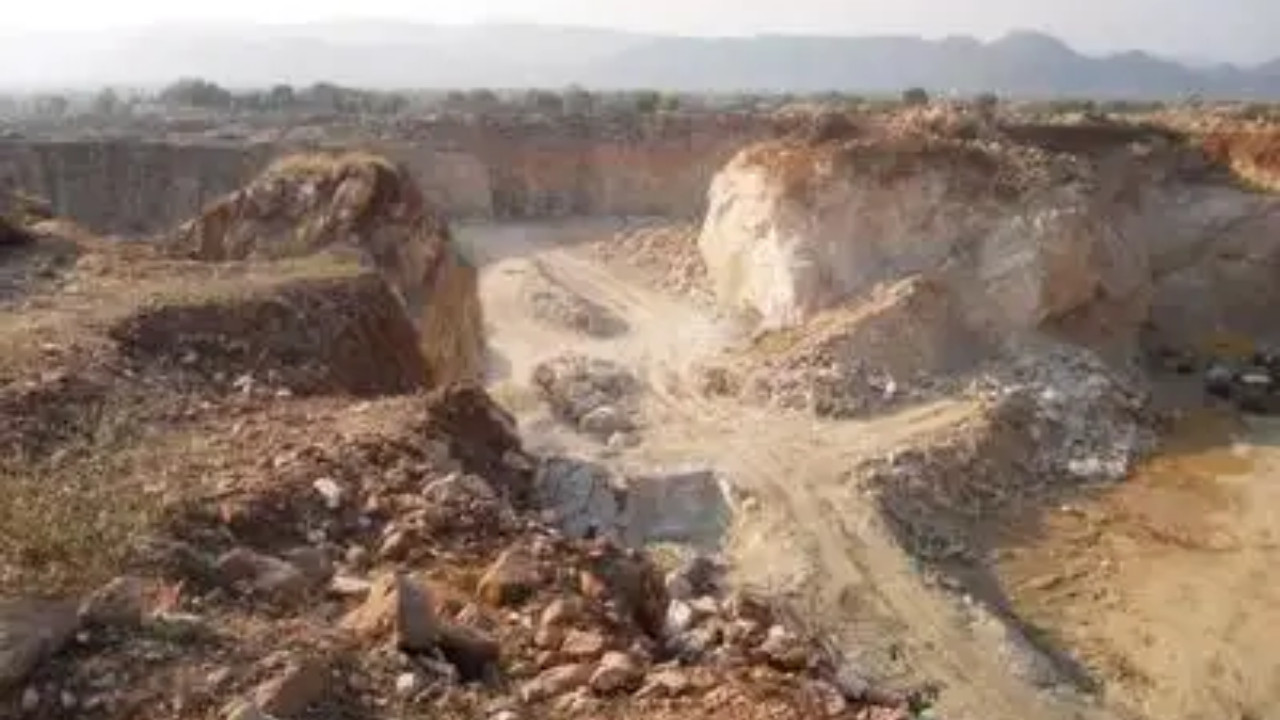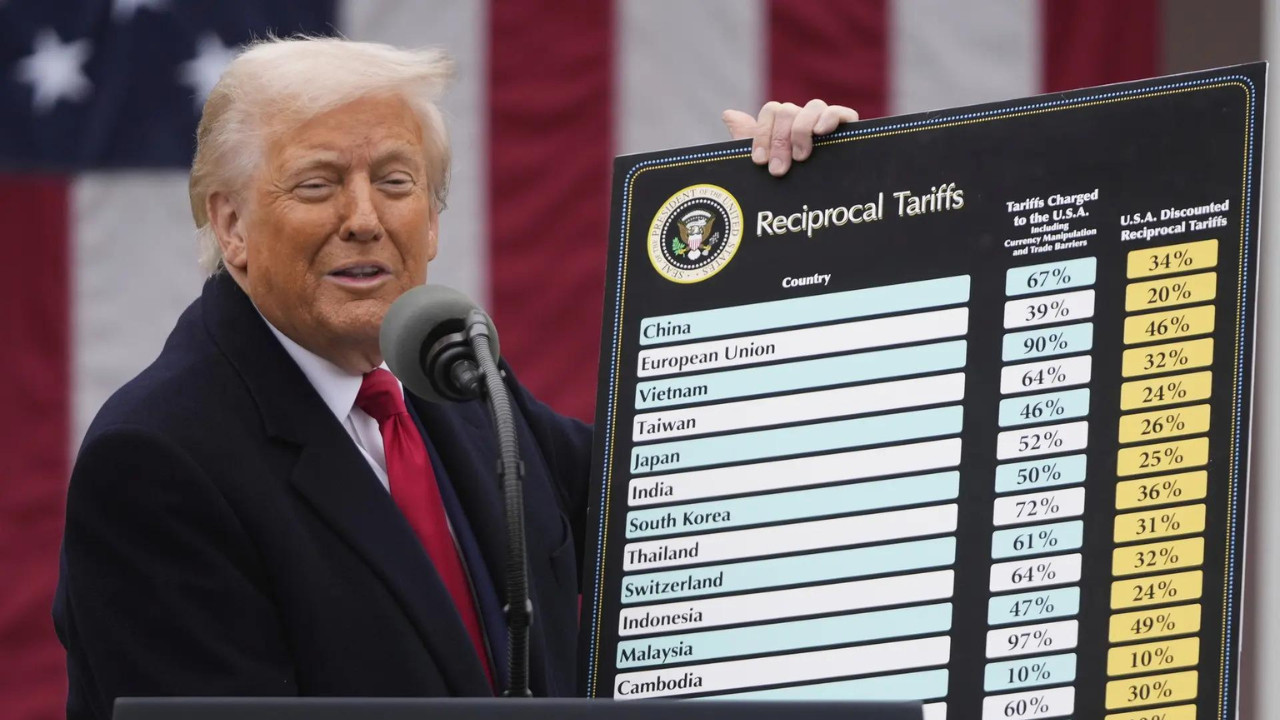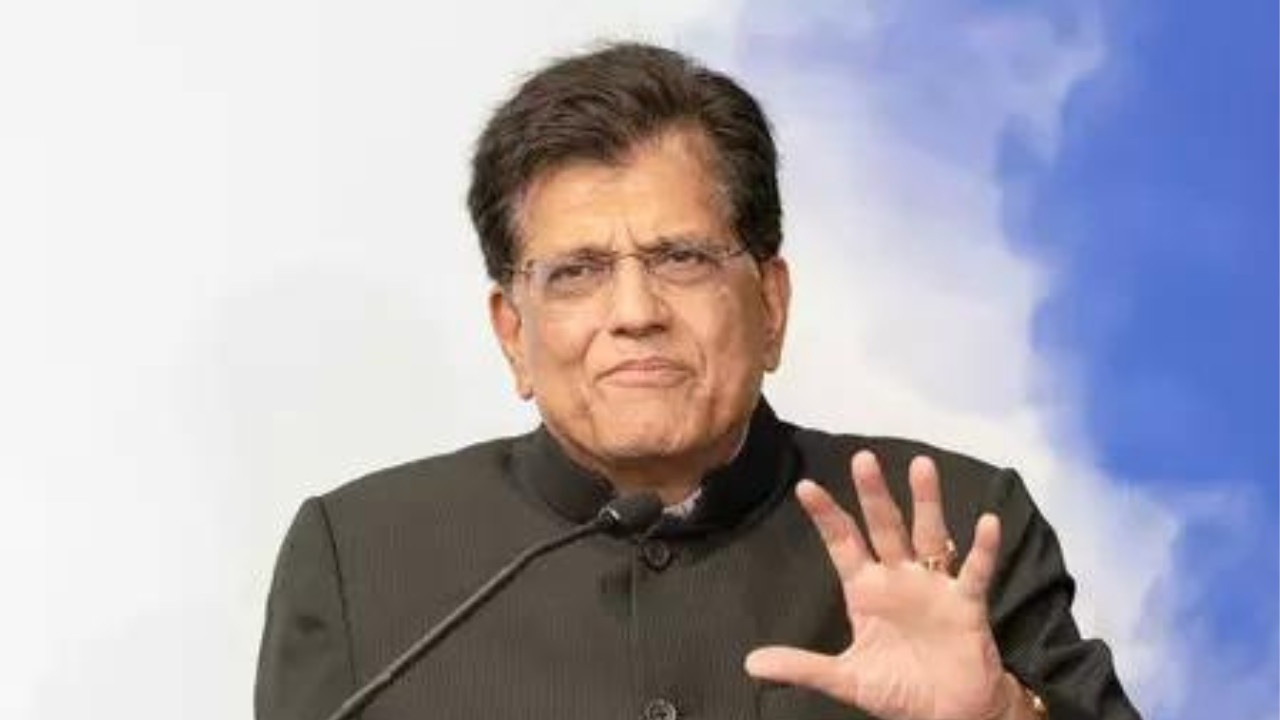Union Minister G Kishan Reddy introduced the Copper Vision Document, outlining India’s strategy to meet a projected sixfold increase in copper demand by 2047. The plan targets adding 5 million tonnes per annum of smelting and refining capacity by 2030. It emphasizes enhanced recycling, secondary refining, and securing international mineral resources.
India’s Copper Ambition: Forging a Future Powered by Red Metal
Imagine a world humming with electricity, powered by renewable energy sources, and connected by seamless digital networks. This future isn’t just a pipe dream; it’s a tangible goal, and copper plays a pivotal role in making it a reality. India recognizes this, and the nation is gearing up for a dramatic surge in copper demand, with projections indicating a sixfold increase by 2047. That’s not just an incremental rise; it’s a full-blown revolution in the making.
But how does a country prepare for such a massive shift? The answer lies in strategic planning and bold investment, and India’s Ministry of Mines has unveiled a comprehensive roadmap to expand its copper refining capacity and secure its position in the global copper market.
Why All the Fuss About Copper?
Copper isn’t just another metal. It’s the unsung hero of modern infrastructure. Its exceptional electrical conductivity makes it indispensable in power transmission, renewable energy systems (like solar panels and wind turbines), and electric vehicles. As India aggressively pursues its renewable energy targets and embraces electric mobility, the demand for copper is poised to skyrocket.
Beyond energy, copper is crucial in construction, telecommunications, and manufacturing. From wiring buildings to enabling high-speed internet, copper is woven into the very fabric of our modern lives. In a rapidly developing economy like India, where infrastructure projects are booming and urbanization is accelerating, the need for copper is only going to intensify.
India’s Game Plan: Boosting Refining Capacity
Recognizing the impending surge in demand, the Ministry of Mines is taking proactive steps to bolster India’s copper refining capacity. The current refining capacity stands at roughly one million tonnes per annum (MTPA), but the ambition is to more than double this figure in the coming years. This expansion will involve a combination of brownfield expansions (upgrading existing facilities) and greenfield projects (building new refineries from scratch).

The strategy also emphasizes reducing reliance on imports. Currently, India imports a significant portion of its copper needs. By boosting domestic refining capacity, the country aims to become more self-sufficient and less vulnerable to global supply chain disruptions. This strategic shift aligns with the “Make in India” initiative, promoting domestic manufacturing and reducing dependence on foreign suppliers. Diversifying sourcing of raw materials is also crucial to ensuring a stable supply chain and mitigating risks associated with geopolitical factors.
Driving Sustainable Growth in the Copper Sector
But increasing production can’t come at the expense of the environment. The Ministry of Mines is keenly aware of the need for sustainable practices in the copper industry. The roadmap emphasizes the adoption of eco-friendly technologies in refining processes, promoting responsible mining practices, and minimizing the environmental footprint of copper production. This includes exploring innovative techniques for waste management, water conservation, and emissions reduction.
Furthermore, the focus extends beyond just production. The plan also promotes the development of a robust recycling ecosystem for copper. Recovering copper from scrap metal reduces the need for primary mining, conserves natural resources, and lowers carbon emissions. By fostering a circular economy for copper, India can create a more sustainable and resilient copper industry. Explore our article on sustainable mining for more context.
Challenges and Opportunities Ahead
While India’s copper strategy is ambitious and well-defined, there are challenges to overcome. Securing access to raw materials, attracting investment in refining projects, and developing a skilled workforce are all critical to the success of the plan. The government is actively working to address these challenges through policy reforms, incentives for private sector participation, and skill development programs.
However, the opportunities are immense. A thriving copper industry can create jobs, boost economic growth, and enhance India’s competitiveness in the global market. Moreover, by positioning itself as a major copper producer and refiner, India can play a leading role in the global energy transition and contribute to a more sustainable future.
The Road Ahead is Paved with Copper
India’s strategic push to expand its copper refining capacity is a bold move that reflects the country’s growing economic ambitions and its commitment to a sustainable future. By embracing innovation, promoting responsible practices, and fostering collaboration between government and industry, India is poised to become a major player in the global copper market. The journey won’t be without its hurdles, but the potential rewards – a stronger economy, a cleaner environment, and a more secure energy future – are well worth the effort. The future of India is being built, quite literally, with copper.







